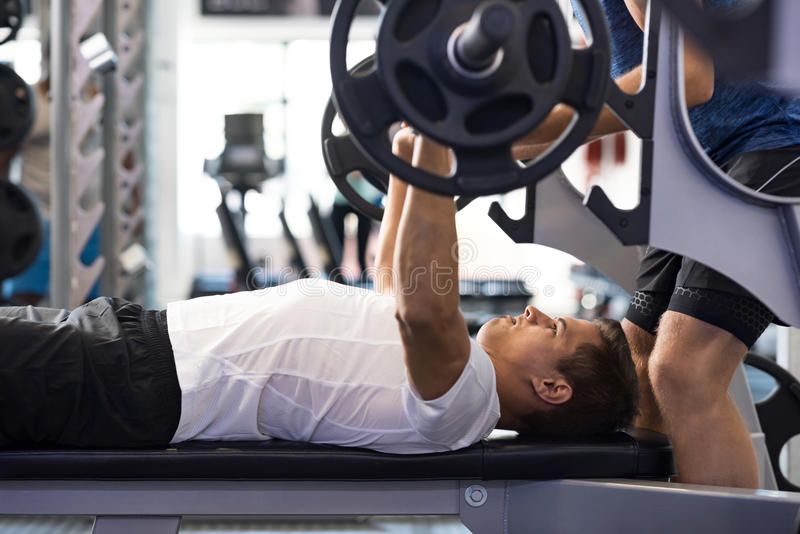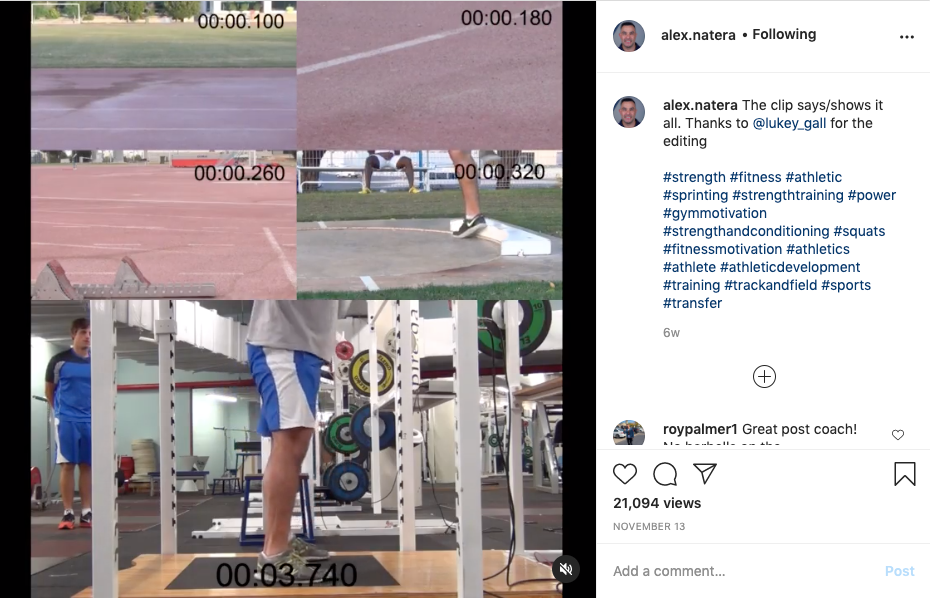
Henry Hung, MS, DPT candidate, CSCS, FRC 物理治療系學生/運動傷害患者 教練/運動員 運動與復康本為同源,希望透過分享運動科學和復康知識,提高大眾認知 逢星期三 – 復康 逢星期六 – 運動科學
What's the difference between your weight training and that of a world-class athlete? Stop doing just 3 sets of 8-12 reps! (one)
Many sports enthusiasts began to contact weight training in order to improve their special sports performance, and imitated the various training plans and movements they saw on the Internet. However, the wrong training method is not only unhelpful to your main sport, but more likely to have a negative impact on athletic performance. If you want to excel in sports, you might as well take a look at the following factors when designing a training schedule?
Before I start, I would like to briefly talk about the reasons for writing this article - I have had the privilege of working with professional athletes in different disciplines, from track and field, to football, to basketball, etc. in Australia, Hong Kong and Macau. One thing that impressed me at the time was a basketball player who practiced twice a day (team training in the morning and free weight training in the afternoon), five to six days a week, and he was never lazy, he was always in training Paying 100%, the huge amount of training can be imagined. About a month later, during the team training, I noticed that his acceleration and take-off speed had slowed down. I thought it was his waist problem that had recurred, so I made a series of tests. It wasn't until I learned about his weight training schedule that I realized that his training focus was all on improving Maximum Strength, while ignoring Power and Plyometrics Training and so on. So, I hope this article will help a wide range of athletes, when designing workouts, to invest time and energy in clear functional goals to improve sport-specific performance.
Consideration 1: Are the Planes of Movement consistent with the training movement and the sport-specific movement?
Human movement is based on three planes – the Sagittal Plane (for flexion and extension), the Coronal Plane (for adduction, and abduction), and the Transverse Plane (for rotation). Taking boxing as an example, from straight punches, uppercuts to jabs, etc., the boxer's shoulders and elbows do have great flexion and extension in the sagittal plane. . From this perspective alone, Bench Press and Push Ups can indeed effectively stimulate related muscle groups such as pecs and triceps, increasing muscle strength.

However, if the power and speed of the punch is to be maximized, the movement of the punch cannot occur only in the sagittal plane, and the rotation of the thoracic spine, ribs and pelvis in the transverse plane is the focus. Readers may wish to try to punch with maximum power while keeping the torso still. I believe that the speed and power of punching will also be greatly reduced. It can be seen that when training boxing or any sports involving trunk rotation, such as baseball, cricket, etc., it is necessary to take into account the athlete's range of motion and strength in the transverse plane, and add consistent training movements to improve sports performance , such as Medicine Ball Throws is a better exercise than the bench press - it involves flexion and extension of the shoulders and elbows, while also allowing for a large rotation of the torso, which is more consistent with the movement pattern of boxing.

Consideration 2: Are the Velocity and Load of the training movements similar to those of special sports?
In the world of sports competition, victory and defeat are often separated by seconds. Except for a few competitions such as Jianli and Strongman, most of the movements involved in sports are to be completed at the fastest speed without weight-bearing or a small amount of weight, such as running, fencing and so on. Compared with ordinary people, what often makes elite athletes stand out is that they can output relatively large power in a very short period of time. In other words, your athleticism is closely related to how much force you can generate in a limited amount of time, the Rate of Force Development . The National Strength and Conditioning Association defines Strength as "The amount of force that the body, segments or joint can create at a given velocity of movement". That is, when comparing two When considering the strength of an individual athlete, we must take into account the movement patterns and rates being compared . If that doesn't convince you, check out this video posted by Alex Natera:
https://www.instagram.com/p/CHhzTm_ns-B/?utm_source=ig_web_button_share_sheet

In the short video, when the athlete tests the maximum strength with deep squats (Squats), the entire force generation process is close to 4 seconds. However, in sports that also require lower body strength, such as sprinting and discus throwing, the time for athletes to generate power is only 0.15 seconds, nearly 40 times less time than the former. It can be seen that the training of maximum strength, such as heavy squats, deadlifts, etc., is very limited in improving sports performance. Athletes should not just blindly pursue maximal strength improvement, but should consider adding exercises that can help increase power rate into their schedules, such as plyometrics (medicine ball throwing, box jumping, hopping, etc.) . I will also discuss in detail how to incorporate the relevant exercises (movements, reps, frequency) into the training schedule in the future.

It's almost time for today. Next Sunday, I will share with you more about the factors to consider when designing a training schedule, so stay tuned!
If you think my content helps you learn more about scientifically proven rehabilitation and exercise, please share it with your friends and family, and follow me on Facebook and Instagram!
Or join Likecoin and become a Like! Press the appreciation button on the left! Each of your free likes and supports will bring me a meager income as the cost and motivation of operating the platform!
Like my work?
Don't forget to support or like, so I know you are with me..
Comment…